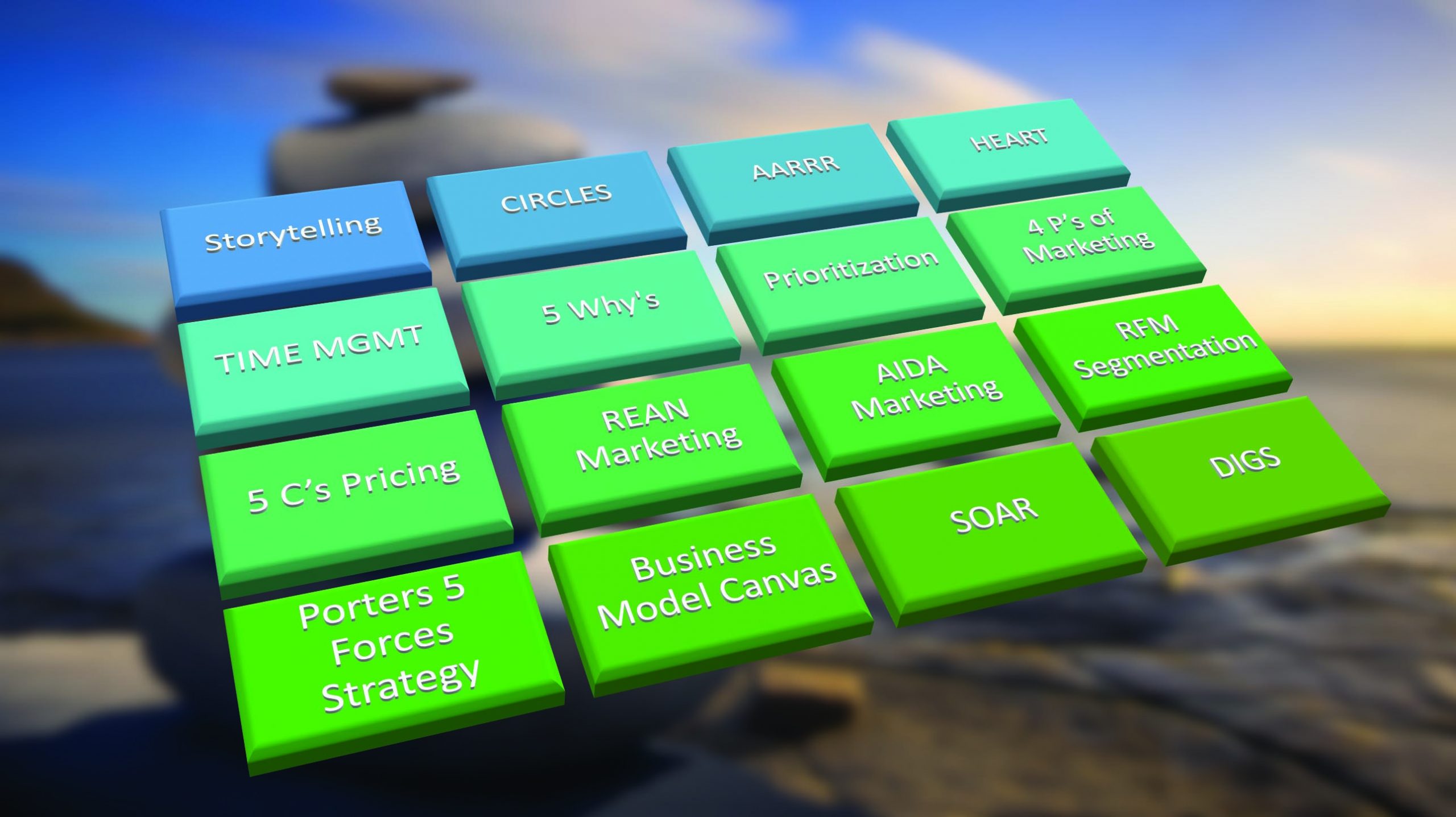
The internet is like certain varieties of sharks. If it stops going forward, it dies. It’s a model of movement. And as it moves, it evolves. Today, the internet has few similarities to the heady swashbuckling Netscape days of the 1990s. And the internet of tomorrow will be different again.
Next big development? Web 3.0. What Tim Berners-Lee called “The Semantic Web.” This internet works far more intuitively and is far more decentralized and democratic.
There’s a key relationship between the internet’s nature and democracy, and it goes like this:
And we’re going to look at the role of blockchain technology in propelling this relationship.
Change is inevitable. Those that accept and embrace this are going to be the ones in the victory lounge. Make sure your armchair is plumped and ready for you to read through the following words.
Web 3.0 – a Few Basics
Francis Fukuyama declared over 30 years ago that The End of History had happened due to the triumph of western capitalism. Not so fast, Mr. Fukuyama. There may have been a change in the geopolitical stage in the last few decades, but history’s about more than this.
One of the biggest changes in the history of the world was just starting to take its baby steps into the spotlight as Mr. Fukuyama was writing his bombastic headline. Since then, it has utterly transformed our lives and shows no sign of stopping its incursions into global culture, society, and economics.
The internet is, of course, what we’re talking about. So, what’s with the 3.0 tag? Time for a little history (sorry, Francis).
What Came Before?
Web 1.0 was a very rudimentary affair. Revolutionary in various ways, but not exactly a marvel of interactivity. It pretty much consisted completely of read-only messages, and thus functioned like an unprecedentedly massive notice board.
Information was there for the grabbing, but one couldn’t do much to change what was up there unless you were a computing professional. And commerce? Not much.
Then came web 2.0. What was the key difference? The big change was interactivity. Users could create their own accounts and their own content. From there, it was a small step to films of cucumbers terrifying cats.
More significantly, e-commerce was enabled, which, combined with social media, transformed the way individuals conduct their buying.
Not just this, of course – all manner of professional and leisure activities have now been made possible from one’s home, all thanks to internet 2.0, where home-based entrepreneurs have flourished (as long as they’ve known how to get a business license).
What’s Coming?
And now we’re on the cusp of web 3.0. What’s in store? It’s all going to get very decentralized.
When a transaction between two individuals takes place over the internet, web 2.0 provides the intermediary. Without this, you just have two people with no previous relationship, hence no reason to trust each other. Web 2.0 enables a modicum of trust to exist.
The trouble even with the best sales enablement software has been that the data associated with all this is kept centrally, and the rules of engagement are all generated and maintained by a central body.
This emphasis on centralization feels like it contradicts the essential ethos of the internet, which should be democratic and anti-hierarchical where possible.
So, web 3.0 is going to change all that. It’s going to be championing principles of decentralization, with more autonomy being granted to users by allowing them to interact directly with each other across various networks. How’s it going to do this? Well, let’s look at the role of blockchain.
Blockchain and P2P
Blockchain-driven commerce is on the up.
The primary way blockchain’s going to continue to power change is by facilitating a layer of data (the distributed ledger) that’s controlled collectively by the directly interested parties. This data is sent in a protected fashion to the parties (known as decentralized autonomous organizations or DAOs) involved in a transaction.
In this way, P2P transactions can take place without the need for an intermediary.
You can understand this better by breaking down transactions in something like a PySpark DataFrame. Or you can just go really simple like this:
- The user requests a transaction
- The transaction is represented by a block
- All the points of the interested networks are sent a copy of the block
- These points then validate the block’s transactional solvency
- The block gets added to a chain of approved transactions
- The transaction is verified and completed
Its advantages over traditional forms of transaction are many and include:
- Greater speed
- Greater security
- Greater spread of control
- Greater capacity for online transactions
It should be noted that not all blockchains demonstrate the openness that is the case with a public blockchain. There are private blockchains that are open only to invitees. But once you’re a member, the decentralized benefits will flow.
The other key component in the role of blockchain and P2P is the rise of AI and machine learning. The networks created will depend on computers being able to interpret information in a manner as intelligently as (or more than) people.
Blockchain and Bitcoin
Bitcoin’s arrival in 2008 was one of the harbingers of web 3.0. More specifically, the Proof of Work blockchains it used to make transactions possible paved the way for the onset of the next stage of internet development.
Also, significant was how it interacted with blockchain regarding placing data in more than one location. Hackers had to identify and attack multiple targets. And the way the networks are set up, all those participants who maintain guardianship over the data inside are incentivized by digital currency issue.
Examples of Blockchain and Web 3.0
There are two extremely well-known blockchain applications that are in an ever-greater number of homes. The role of blockchain in its growth is largely down to its protection of privacy by ensuring that machine learning can take place while user data remains private and never gets sent to the cloud.
Siri from Apple and Alexa from Amazon use AI to learn to assist their users in multiple ways. And boy, do they learn. In 2020, it was reported that Alexa had learned over 100,000 skills since its launch in 2014 (It started with a paltry 130 skills).
It’s in its ability to link with other devices that we see most Web 3.0 significance. The much-vaunted Internet of Things has taken a while to get moving, but Alexa has given this decentralized network of internet-enabled devices the shot in the arm it needs. In fact, Alexa is now compatible with over 100,000 smart home devices.
Siri’s no slouch, either. In fact, it’s employed by 500 million users. Both of these virtual assistants are just the start of what to expect with web 3.0.
Challenges for Blockchain Technology
Green issues
Blockchain-enabled digital currencies have made lots of people a great deal of money since their inception and breathtaking growth in popularity.
However, along with this, they’ve brought environmental costs. It’s hard to get one’s head around how environmentally damaging they are. It’s reckoned that a single Bitcoin transaction requires 2,000 kWh of electricity or the same energy it would take to power the average US household for 73 days.
When one looks at the global situation with Bitcoin mining, it’s reckoned to be responsible for around 65 megatons of CO2 every year. That’s the same as the whole of Greater London.
So, there’s some work to do. But it’s not like digital currency is alone in this regard. Powered transport took some seriously large green strides between the steam locomotive and the electric car. Digital currencies will get there, too (they just have a lot less time to get their acts together).
51% Attack
51% (or Majority) Attack happens when more than 50% of a blockchain network’s hash rate (or computing power) is controlled by a group of attackers. They would then be able to deny all the benefits of decentralization, being very much in control of the blockchain network.
For instance, they would be able to halt validations on transactions, stopping commercial activity in its tracks.
They could also reverse transactions and, thereby, double-spend coins. The damage this would do to a digital currency is huge, although it is not enough to destroy it altogether.
Digital currency hacking attacks are certainly on the rise.
It’s hoped, however, that, as web 3.0 becomes established, any vulnerabilities it currently exhibits will be dealt with by developing cyber-security protocols.
Upheaval
Yes, web 3.0 will create some upheaval, but this is very much omelet and broken eggs territory. The sales landscape, in particular, is going to be utterly transformed, with commercial potential being unlocked that we can’t even envisage as yet. But we’ll cope.
To take the world of commerce as an example, those with vision will take their teams with them, all the better for capitalizing on the riches afforded by the new frontier. What is sales coaching for, after all?
Conclusion
We’re at the cusp of something that will change all of our lives. Whether this is entirely for the better will be down to how we deal with the momentous opportunities for decentralization that are coming our way. The role of blockchain in areas such as protecting privacy and enabling trust is going to be of the utmost importance.
[“source=computer”]







